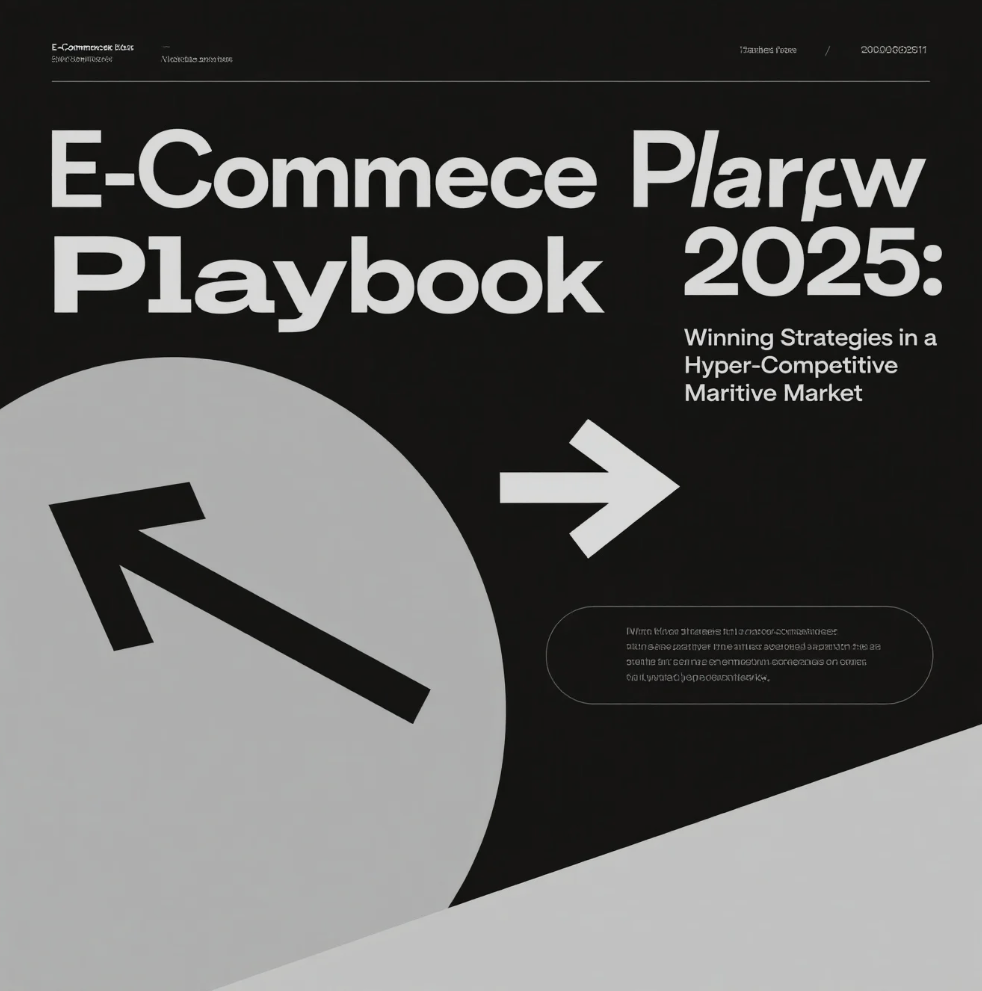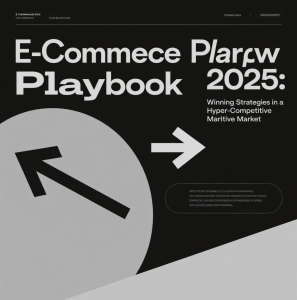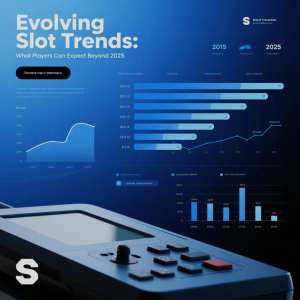Balancing Personalization and Data Privacy in Digital Commerce
In today’s hyper-connected economy, digital commerce thrives on understanding customers deeply — their habits, preferences, and behaviors. But as personalization becomes more advanced, data privacy concerns rise to the forefront. The real challenge for modern businesses isn’t just collecting data; it’s earning trust while delivering relevant experiences.
The question every brand now faces: How do we personalize without invading privacy?
🧭 The Power of Personalization
From tailored product recommendations to targeted email offers, personalization fuels the digital shopping experience. Consumers expect brands to “know” them — to anticipate needs and provide solutions before they even search.
When done right, personalization can:
- Increase customer engagement and loyalty
- Boost conversion rates
- Create memorable, individualized experiences
In fact, research shows that 80% of shoppers are more likely to purchase from brands that offer personalized experiences. However, this benefit comes with responsibility — because personalization depends on access to personal data.
🔍 The Privacy Dilemma
Every personalized touchpoint requires data: browsing history, purchase records, location tracking, and sometimes even biometric information. But as global awareness of digital rights grows, customers are demanding more transparency and greater control over their data.
Data misuse, leaks, and unauthorized sharing have made privacy a central concern. Regulations like GDPR (Europe), CCPA (California), and PDPA (Asia) now require businesses to disclose how they collect, store, and use information. Non-compliance doesn’t just lead to fines — it damages brand reputation and customer trust.
🧠 Building a Balanced Strategy
To thrive in the era of conscious consumers, brands must balance personalization with privacy ethics. Here’s how leading companies achieve that harmony:
1. Adopt Transparent Data Practices
Be upfront about what data is collected and why. Clear consent forms and user-friendly privacy settings empower customers and build trust.
2. Use Zero-Party and First-Party Data
Encourage customers to share data voluntarily (zero-party data) or collect it directly through owned channels (first-party data). This approach avoids reliance on third-party cookies and shady data brokers.
3. Implement AI with Ethics
Artificial intelligence can analyze behavior responsibly — if it follows strict privacy frameworks. Ethical AI ensures algorithms don’t overstep or manipulate customer intent.
4. Personalize Anonymously
You can deliver personalization without revealing identity. For instance, using behavioral patterns instead of personal identifiers keeps experiences relevant and secure.
5. Offer Data Control Tools
Giving users access to their data dashboards, opt-out options, and deletion requests reinforces accountability and compliance.
💬 The Customer’s Perspective
Today’s online shoppers aren’t anti-data — they’re pro-choice. They’ll share information if the value exchange feels fair: more convenience, better offers, smoother checkout, or relevant recommendations.
Transparency isn’t just compliance — it’s a competitive advantage. Brands that openly communicate how they use data are perceived as more trustworthy and modern.
🌍 Global Trends in Privacy-Driven Commerce
- Cookieless Marketing: As third-party cookies disappear, businesses pivot to privacy-first tracking solutions.
- Data Localization: Countries now require customer data to stay within their borders for security.
- Predictive Analytics with Consent: AI-powered insights now run on ethical frameworks approved by data protection authorities.
These changes are reshaping how personalization operates — creating a future where data privacy and customer experience coexist, not compete.
🤝 Conclusion: Trust Is the New Currency
In digital commerce, personalization attracts customers — but trust keeps them. Companies that respect privacy, protect data, and personalize responsibly will stand out in an era of skepticism and regulation.
The balance between personalization and privacy isn’t just possible — it’s the foundation of sustainable, long-term success.














Post Comment